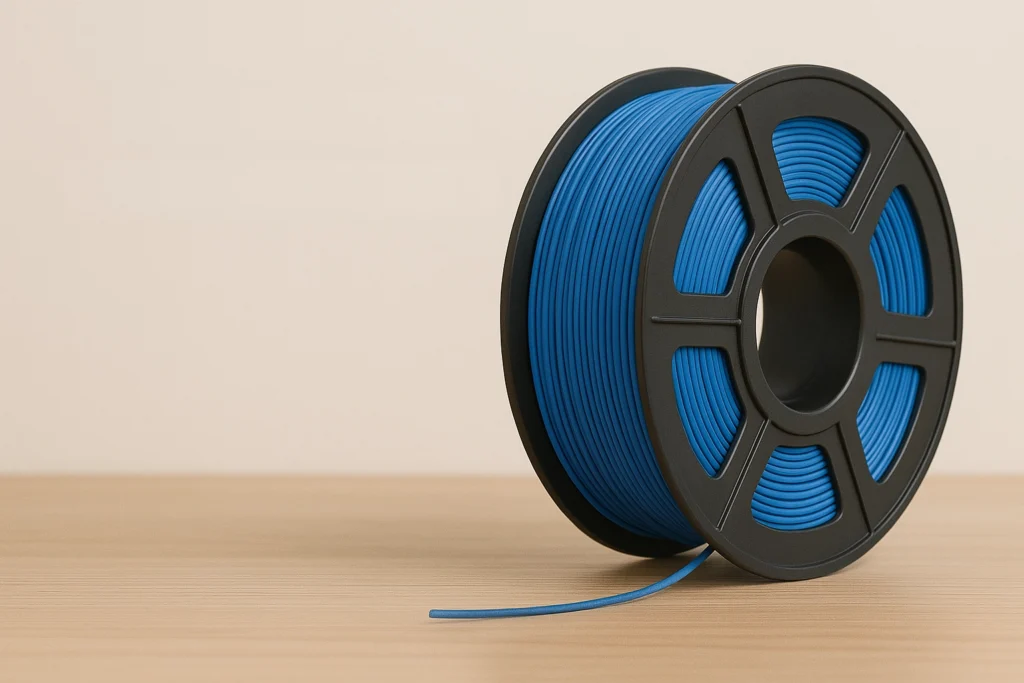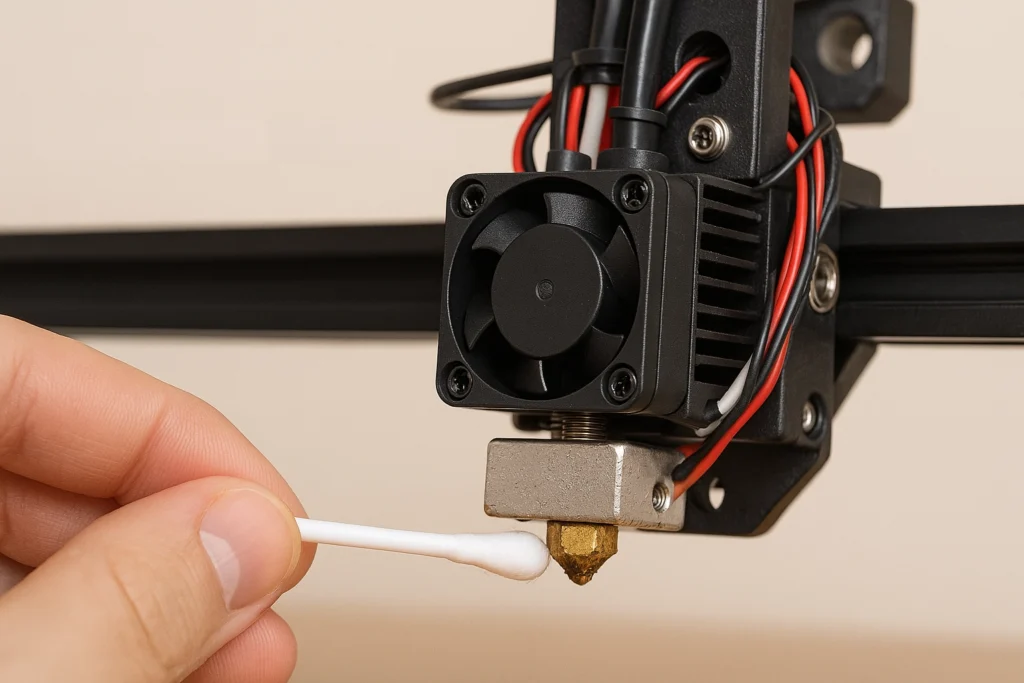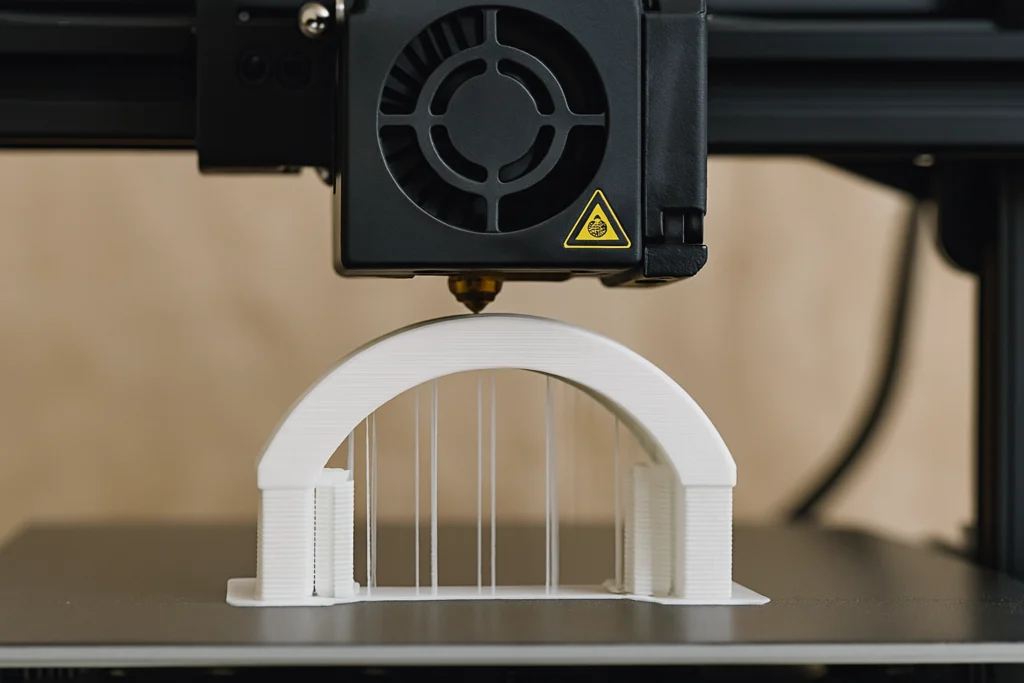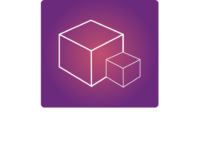Diving into the world of 3D printing is exciting—and maybe a little intimidating at first. But don’t worry! Whether you’re using a PLA printer, experimenting with your first designs, or just curious about the process, here are some essential beginner tips to help you start off strong.
1. Start with PLA Filament
PLA (Polylactic Acid) is one of the easiest filaments to work with. It’s great for beginners because it doesn’t require a heated bed, has low warping, and is biodegradable. Once you’re comfortable, you can explore other materials like PETG or TPU.

Pro Tip: Stick to trusted brands for consistent results and fewer failed prints.
2. Level Your Bed Often
A level print bed is everything. If your prints aren’t sticking or look messy, the bed might be the issue. Use a sheet of paper to manually level the bed or rely on your printer’s assisted leveling feature if available.
Why it matters: An uneven bed is the #1 cause of print failures.
3. Use a Quality Slicer
Your slicer software converts 3D models into printable instructions. Start with beginner-friendly slicers like Ultimaker Cura or PrusaSlicer. These programs also let you preview the print layer by layer and make adjustments before printing.
Tip: Start with the “Standard” or “Draft” profile and modify as needed.
4. Don’t Skip the First Layer
A successful first layer is key to a successful print. Slow down the speed of the first layer, make sure it’s sticking properly to the bed, and double-check that the nozzle height is just right.
5. Keep Your Nozzle Clean
Old filament can build up and clog your nozzle. If you notice under-extrusion or gaps, try a cold pull or nozzle cleaning tool. Regular maintenance saves a lot of frustration.

Quick check: If your prints are stringy or inconsistent, it might be time for a clean.
6. Watch the Temperature
Each filament type has an ideal nozzle and bed temperature. PLA typically prints at 190–210°C for the nozzle and 50–60°C for the bed. Always check the manufacturer’s recommendations.
7. Stay Close on the First Prints
Don’t walk away from your printer too soon. Watch the first few layers of your early prints. It’s the best way to spot issues like warping, lifting, or stringing before they ruin the whole job.
8. Use Supports Wisely
Overhangs and bridges often need support structures. Let your slicer auto-generate supports or fine-tune the settings manually for cleaner results and easier removal.

9. Download From Trusted Sources
When you’re just starting out, explore free, pre-made models from sites like Thingiverse, Printables, or Cults3D. Avoid shady file sources to keep your printer—and your computer—safe.
10. Be Patient and Keep Learning
Things might go wrong—and that’s okay. Failed prints are part of the learning process. Join online communities, follow makers on YouTube, and keep experimenting. You’ll get better with each project.
3D printing opens up a world of creativity, problem-solving, and practical DIY magic. Start simple, stay curious, and remember: even failed prints teach valuable lessons. Happy printing!
Ready to Print Your First Model?
Start small. Try a simple keychain, organizer, or phone stand. The more you practice, the more confident you’ll become.
Need Help? Join the 3D printing community! Reddit’s r/3Dprinting, Facebook groups, and YouTube tutorials are amazing for troubleshooting and inspiration.
